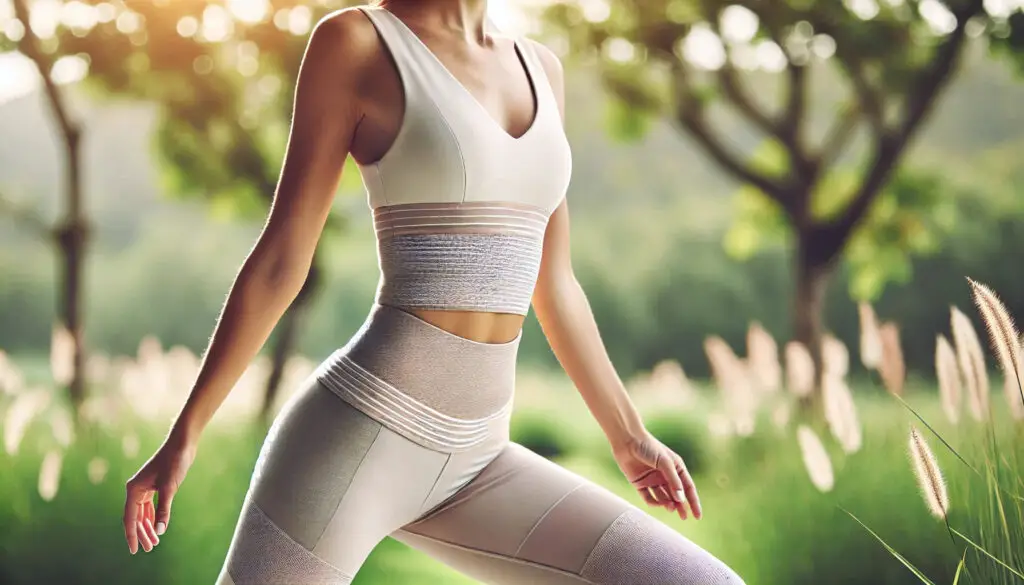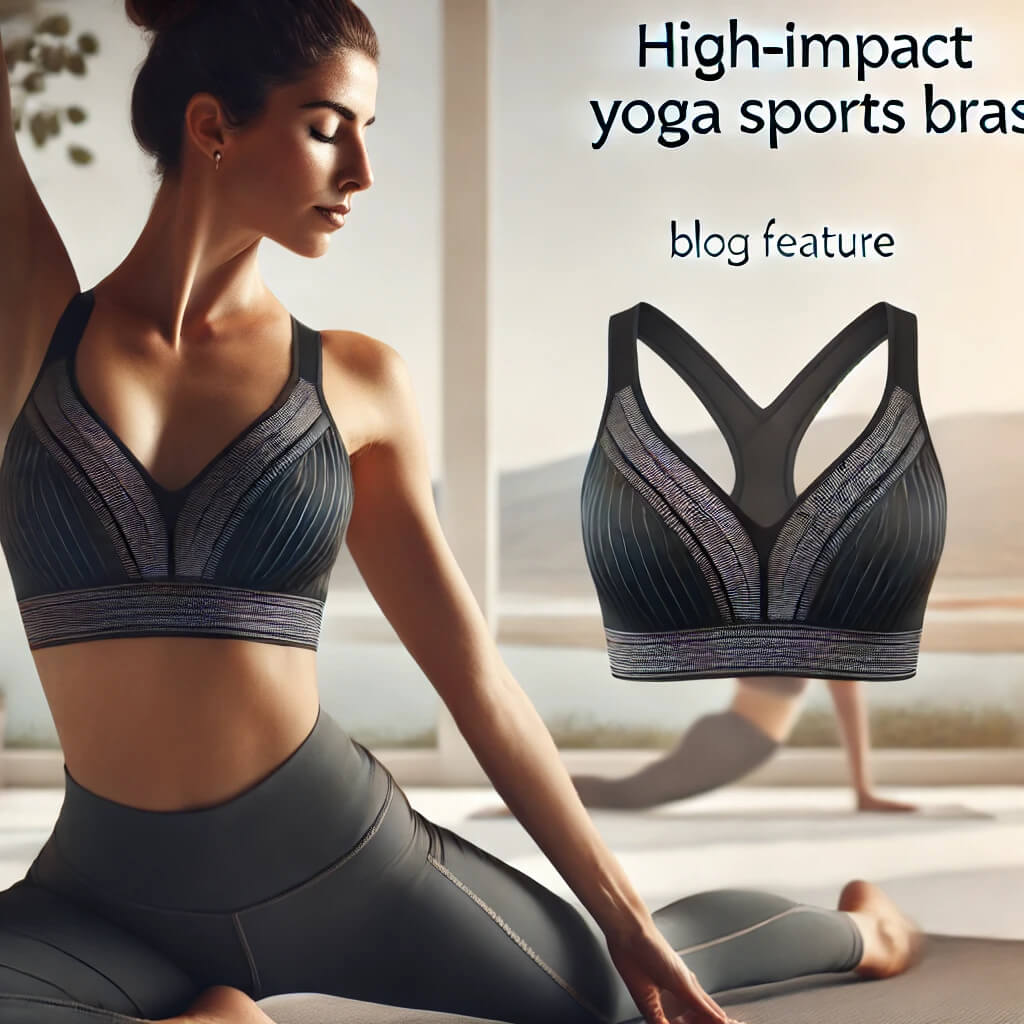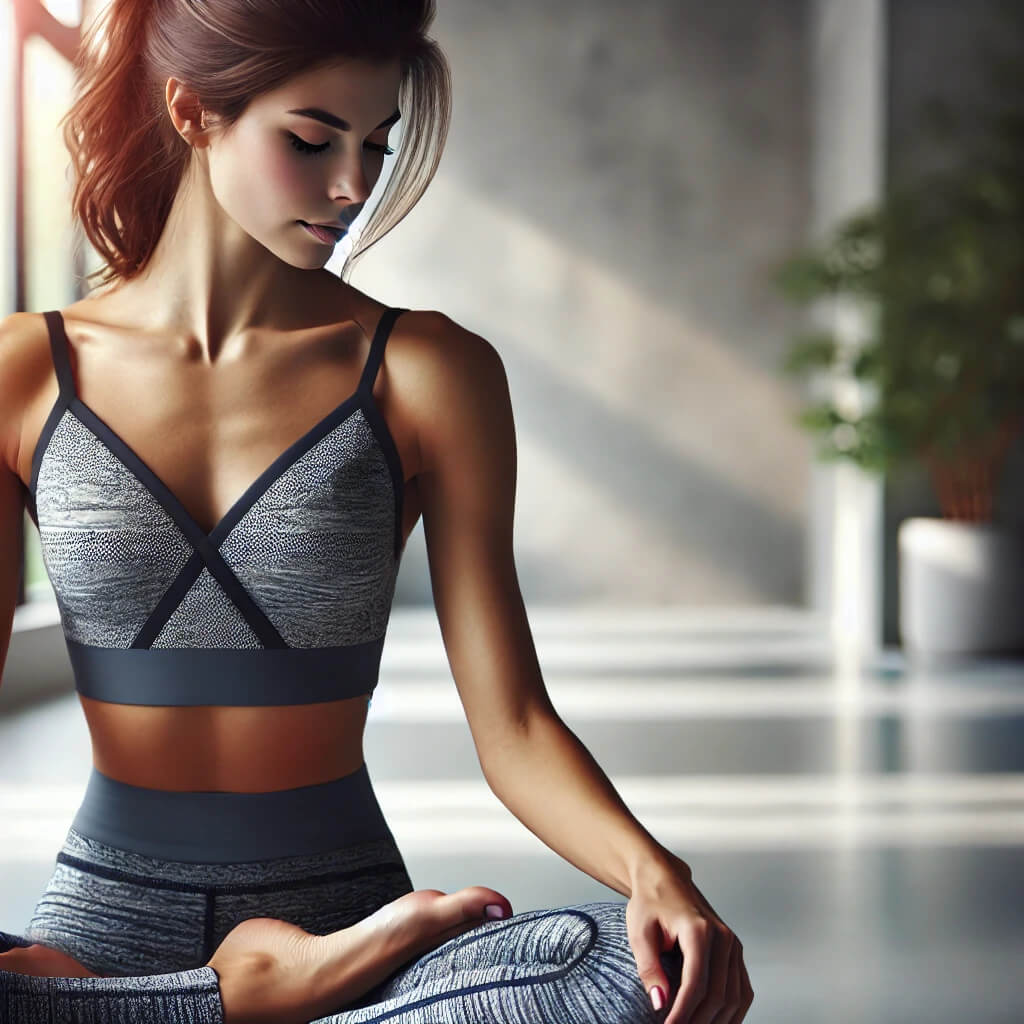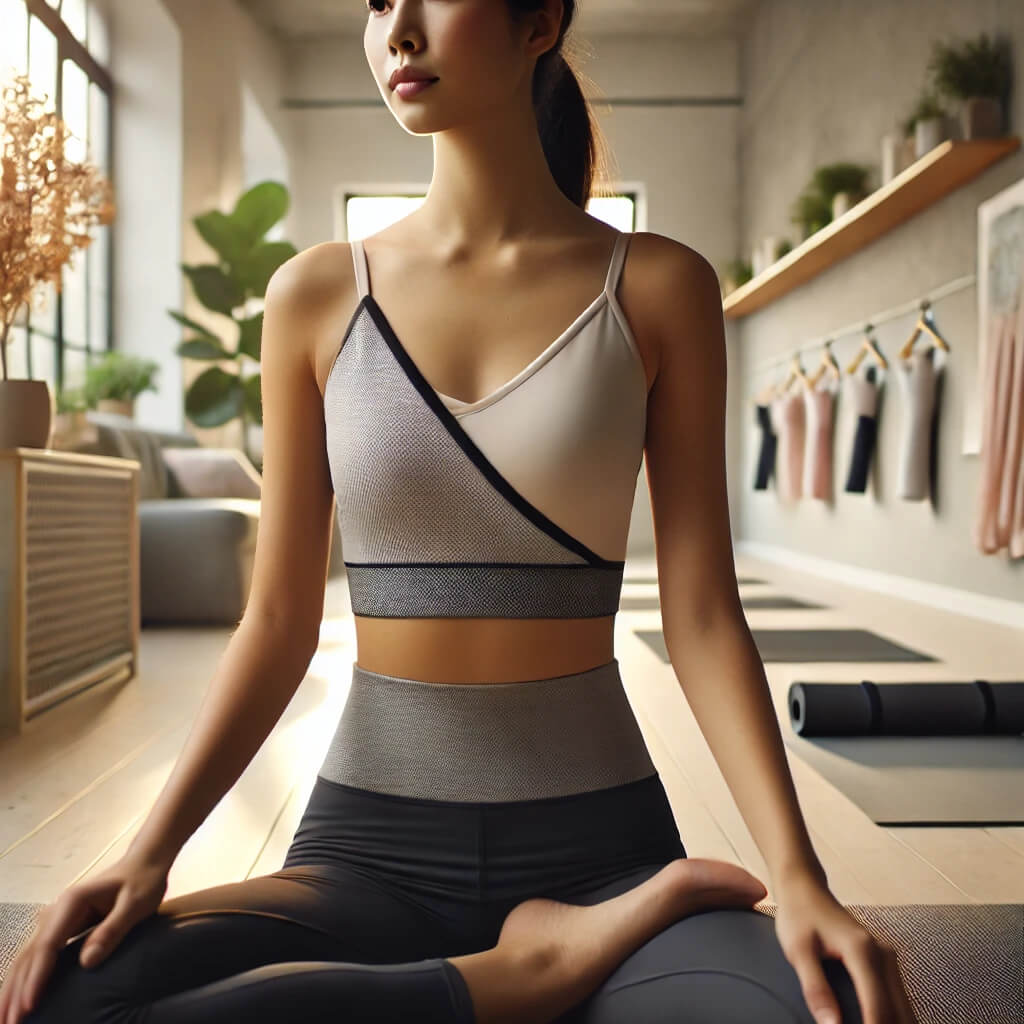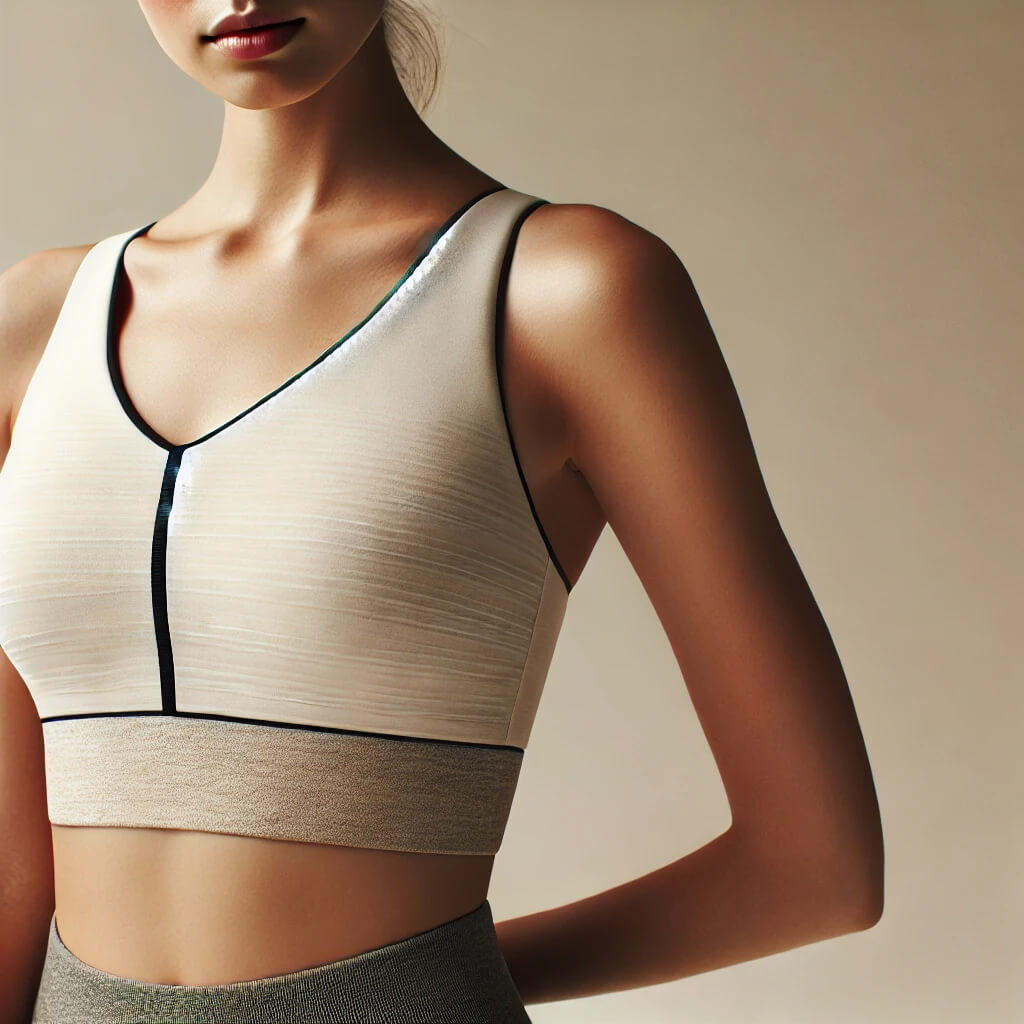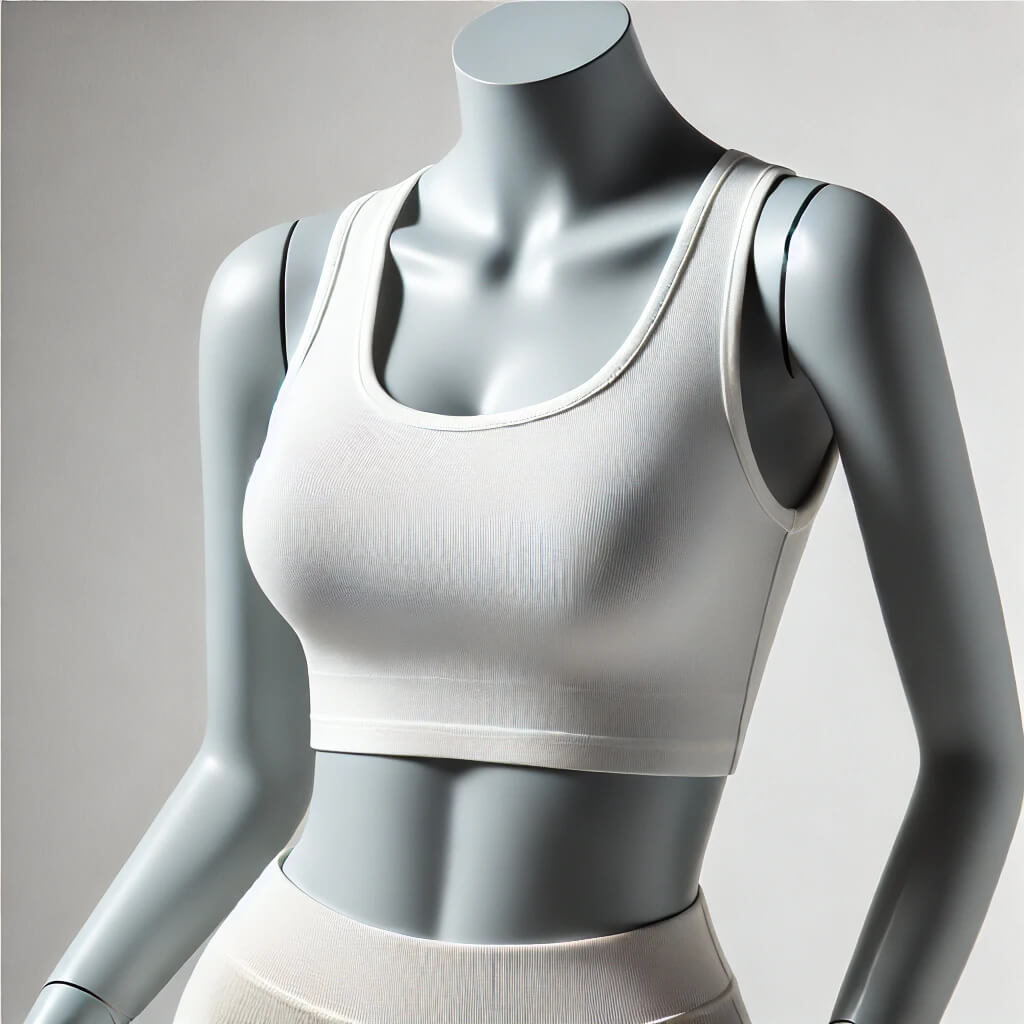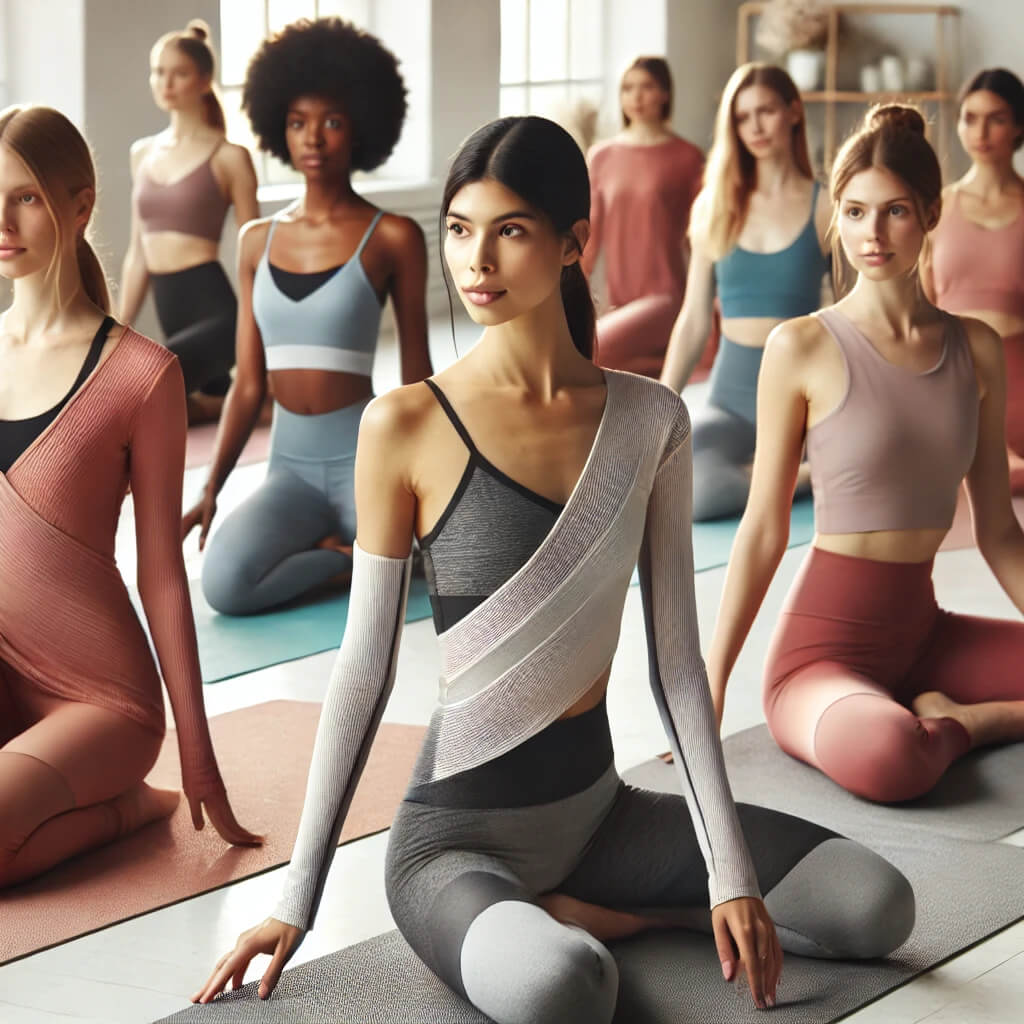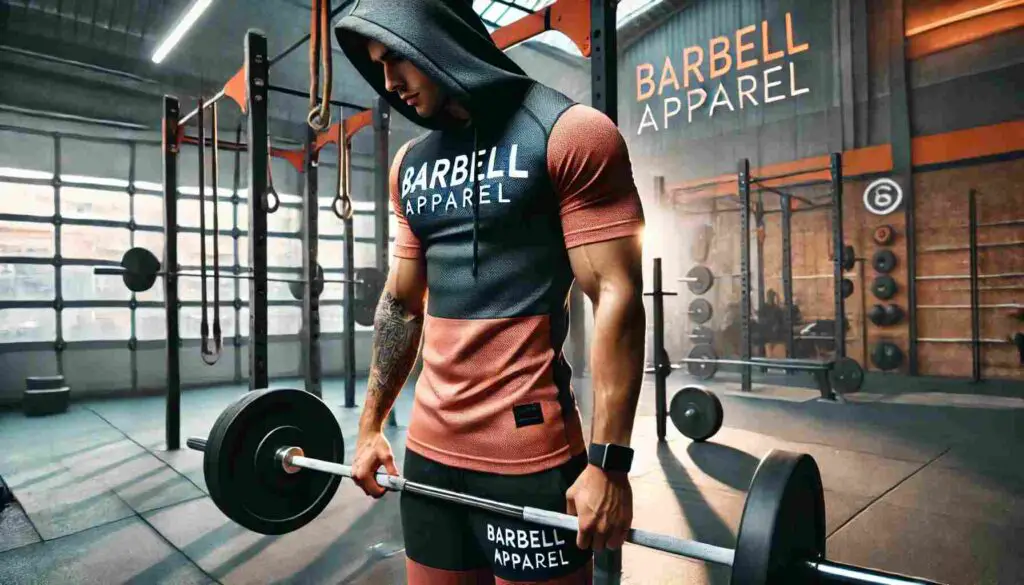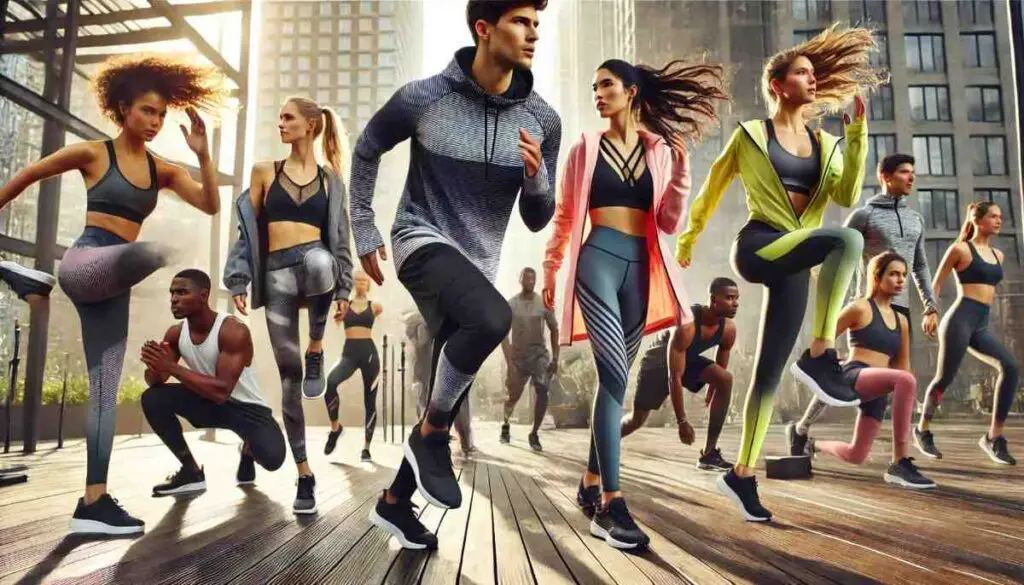Choosing the right yogawear is essential for every woman who practices yoga, whether casually or with intensity. The right gear not only enhances your comfort but also boosts your performance, making your practice more enjoyable. In this guide, we will explore what to look for when selecting yogawear, the best types for various body types, fabric choices, and how to integrate eco-friendly options, ensuring both style and sustainability.
1. Importance of Comfort, Performance, and Style in Yogawear
How the Right Gear Enhances Your Practice
Yoga is not just about the body; it’s also about the mind and spirit. The right clothing can enhance your practice by providing comfort, support, and freedom of movement. When your clothes allow you to move freely and keep you cool during intense sessions, your focus remains undistracted, enabling deeper engagement in your practice.
Achieving the Perfect Balance Between Comfort and Style
Yogawear should seamlessly blend comfort with style. Many women prefer clothing that looks good outside of class as well as during it. High-quality yoga clothes are designed to flatter various body shapes while still offering the essential benefits of support and breathability.
2. Key Factors to Consider in Yogawear
Breathability and Moisture-Wicking Fabrics
When engaging in yoga, it’s crucial that your clothing allows your skin to breathe. Moisture-wicking fabrics help to pull sweat away from your skin, keeping you dry and comfortable. Fabrics like nylon and polyester blends are particularly known for their moisture-wicking capabilities, ensuring that you stay cool even in heated practices.
Flexibility and Stretchability for Movement
Yoga demands freedom of movement, and your clothes should never restrict your practice. Fabrics such as spandex, Lycra, or elastane offer the ideal stretch needed for bending, twisting, and holding postures.
Durability and Long-Lasting Quality
Yoga gear often undergoes rigorous use. Choosing high-quality materials ensures that your yogawear remains intact after multiple washes and workouts. Look for reinforced stitching and durable fabrics to extend the life of your clothing.
Comfort Factors: Fit, Support, and Softness
Yogawear must fit snugly without feeling constrictive. The right fit ensures comfort and adequate support, especially in areas like the chest and lower body. Additionally, fabrics like bamboo, organic cotton, and blends with added softness can offer an exceptional feel on your skin.
3. Top Types of Yogawear for Women
Yoga Tops: From Tanks to Long Sleeves
Yoga tops come in various styles, from breezy tanks and fitted tees to long-sleeve options for cooler weather. The choice of top depends on personal comfort and the type of yoga practice you follow. For hot yoga or vinyasa, lightweight and breathable tanks work best. For restorative or hatha yoga, long-sleeve tops can help keep you warm during relaxation poses.
Yoga Pants: Leggings vs. Flared Options
Yoga pants are available in various cuts, with leggings and flared pants being the most popular. High-waisted leggings provide support and a secure fit, while flared pants offer extra room around the legs, perfect for those who prefer more freedom in movement.
Sports Bras: Support for Every Body Type
Support is essential, and sports bras for yoga should offer just the right balance of compression and stretch. Full-coverage options are best for larger busts, while lighter support is often sufficient for smaller frames. Look for moisture-wicking, soft fabrics to ensure comfort throughout your session.
Jackets and Outerwear: Layering for Colder Months
As temperatures drop, layering becomes necessary. Lightweight jackets or wraps in breathable materials can help maintain comfort before and after class, offering warmth without restricting movement.
4. Fabric Choices for Yogawear: What’s Best for Your Practice?
Cotton: Pros and Cons
Cotton is a natural fabric that is breathable and soft but tends to absorb moisture, which may leave you feeling damp during intense sessions. It’s a great option for restorative or slower-paced yoga but might not be the best choice for dynamic practices.
Lycra and Spandex: Stretch and Support
Lycra and spandex are the primary fabrics used in most modern yoga clothes. They offer superior stretch, elasticity, and shape retention, making them ideal for yoga practices that require deep stretching and movement. These fabrics also provide gentle compression that helps support muscles during physical activity.
Bamboo and Hemp: Sustainable Options
Bamboo and hemp fabrics are gaining popularity due to their sustainability. These materials are not only eco-friendly but also provide natural breathability and anti-microbial properties, making them perfect for a comfortable and clean practice.
Polyester Blends: Durability and Moisture Control
Polyester blends are highly durable, moisture-wicking, and lightweight. These fabrics are easy to care for and hold up well over time, even after repeated washing, making them a great choice for active yoga practitioners.
5. Yoga Pants: A Guide to Choosing the Right Pair
Types of Yoga Pants: Full-Length, Capri, and High-Waisted
When selecting yoga pants, consider the type of yoga you do and your body type. Full-length leggings provide full coverage and are ideal for colder climates or more intense practices. Capri leggings offer more freedom and ventilation for warmer weather, while high-waisted options provide added support and a flattering silhouette.
Flared Yoga Pants: The New Trend
Flared yoga pants are making a comeback, offering a retro aesthetic and extra comfort for more casual wear. These pants provide greater flexibility around the knees and ankles, allowing for easier movement during specific yoga postures.
Choosing the Right Fit for Your Body Type
The key to finding the perfect pair of yoga pants lies in considering your body type. For curvier women, high-waisted leggings can help provide added support, while smaller frames might prefer a more form-fitting style. Ensure the fit allows for ease of movement without squeezing or bunching.
6. Yoga Tops and Sports Bras: Finding the Right Comfort and Support
Tanks vs. Fitted Tops: When to Choose Each
Tank tops offer breathability and freedom of movement, making them great for hot yoga and dynamic movements. Fitted tops provide more support and coverage, ideal for more vigorous practices where stability is important.
Features to Look for in a Yoga Sports Bra
A good sports bra should offer the right amount of support for your bust. Look for adjustable straps, moisture-wicking fabrics, and extra coverage where necessary. For larger busts, seek out high-support options with built-in cups or compression.
7. Sustainable Yogawear: Eco-Friendly Materials and Practices
Eco-Conscious Brands and Fabrics
Choosing eco-friendly yogawear is not just good for the environment but also often benefits your practice. Sustainable brands focus on using organic cotton, bamboo, and recycled materials. These fabrics reduce the environmental impact of manufacturing and offer a comfortable, breathable fit.
Benefits of Sustainable Yogawear
Opting for sustainable fabrics supports responsible production, and the use of eco-friendly materials in yoga gear reduces waste. Moreover, many of these fabrics are naturally more breathable and comfortable, making them a great choice for mindful practices.
8. Seasonal Yogawear: What to Wear for Different Seasons
Summer: Lightweight, Breathable Fabrics
During the summer months, look for lightweight fabrics such as cotton blends or moisture-wicking materials to keep cool during hot yoga or outdoor sessions. Loose-fitting tops and capri pants offer the perfect balance of comfort and ventilation.
Winter: Layering Options and Thermal Wear
In colder months, layering is key. Opt for thermally insulated leggings or long-sleeve tops that provide warmth while still offering the stretch and breathability you need for yoga. Consider adding an extra layer, such as a light jacket or sweater, for the coldest days.
Spring/Fall: Transition Pieces for Varying Temperatures
For transitional seasons, choose pieces that can be easily layered or removed. Lightweight jackets, convertible pants, and long-sleeve tops that can be rolled up or layered over tanks are ideal for fluctuating temperatures.
9. Yoga Wear for Maternity: Comfortable and Supportive Options
Adjusting to Your Changing Body
Pregnancy brings changes that can affect your yoga practice. Maternity-specific yoga wear should offer support for the growing belly, without restricting movement. Choose elastic-waist leggings or maternity pants that stretch with your body and provide extra support.
Best Maternity Yoga Pants and Tops
Maternity yoga pants should have an adjustable waist or over-the-belly style for comfort. Tops should have extra room around the chest and belly while providing adequate support.
10. How to Care for Your Yogawear
Proper Washing and Drying Techniques
To maintain the longevity of your yogawear, wash it in cold water and avoid using fabric softeners. Air dry or tumble dry on low heat to prevent fabric damage.
Avoiding Wear and Tear
Over time, yoga clothing may begin to show signs of wear, especially around high-friction areas. Rotate your gear to minimize constant stress on the same items.
Conclusion: Finding Your Perfect Yogawear
The perfect yogawear combines comfort, style, and performance. Whether you’re practicing yoga for relaxation or physical challenge, the right clothing will support your body and mind throughout the practice. With options that span fabric types, styles, and eco-friendly choices, selecting the right gear is essential to enhancing your yoga journey. Keep these tips in mind, and you’ll be well on your way to finding the perfect fit for your practice.

